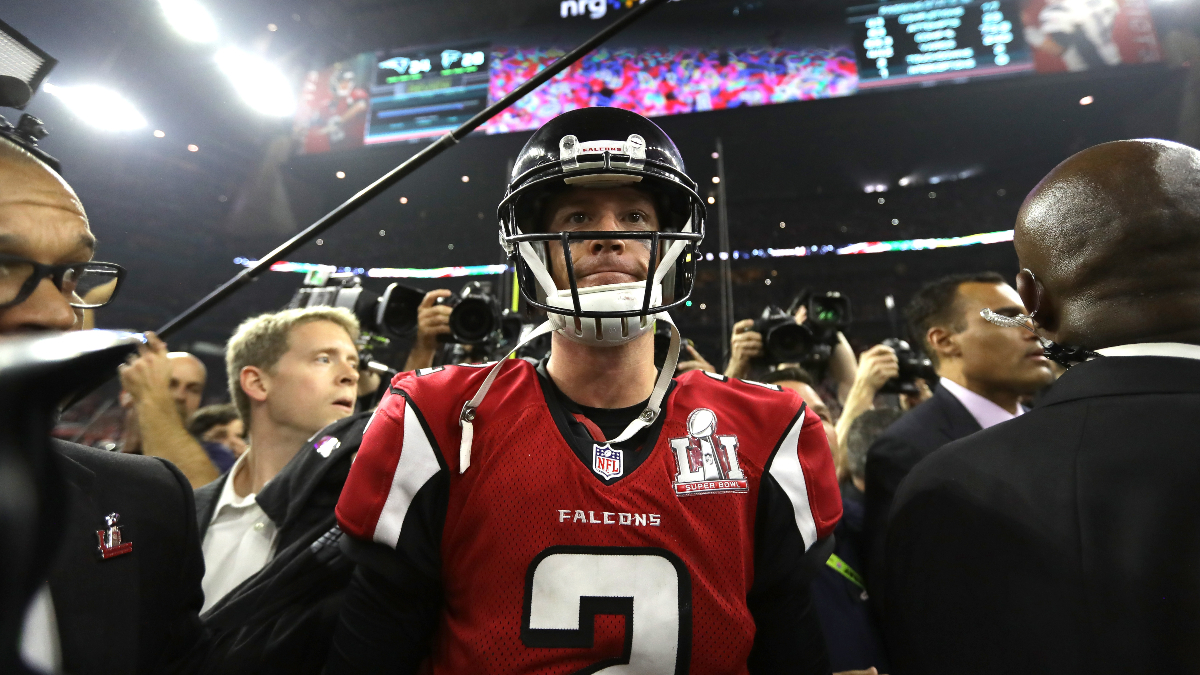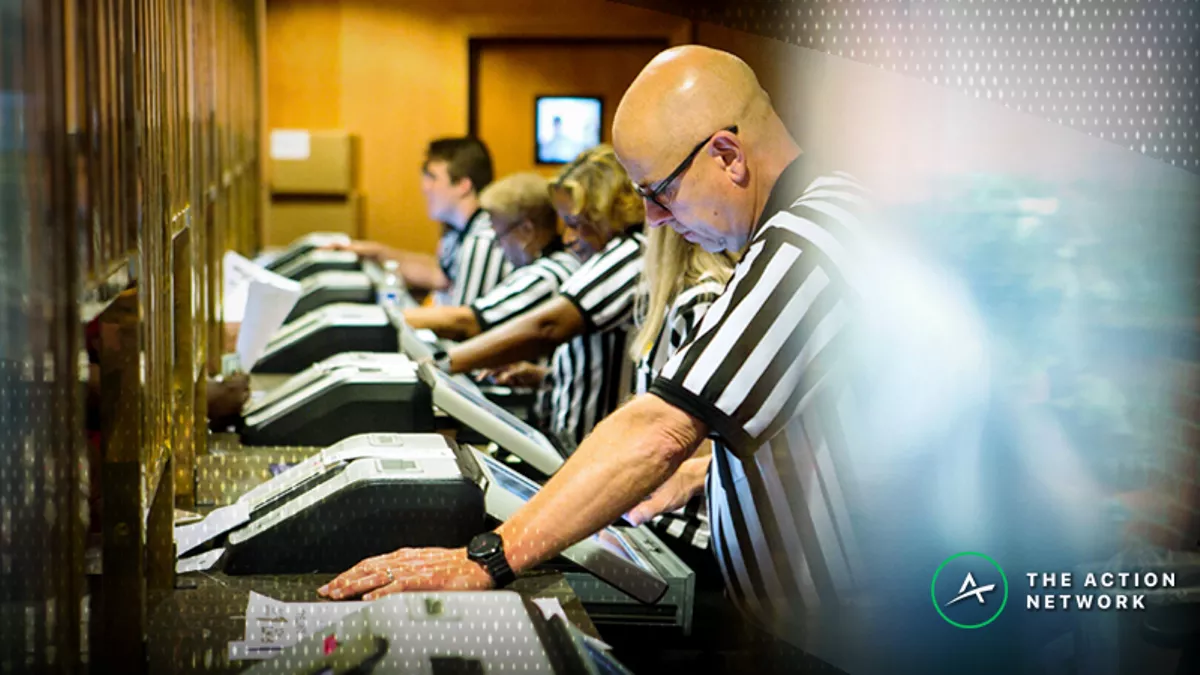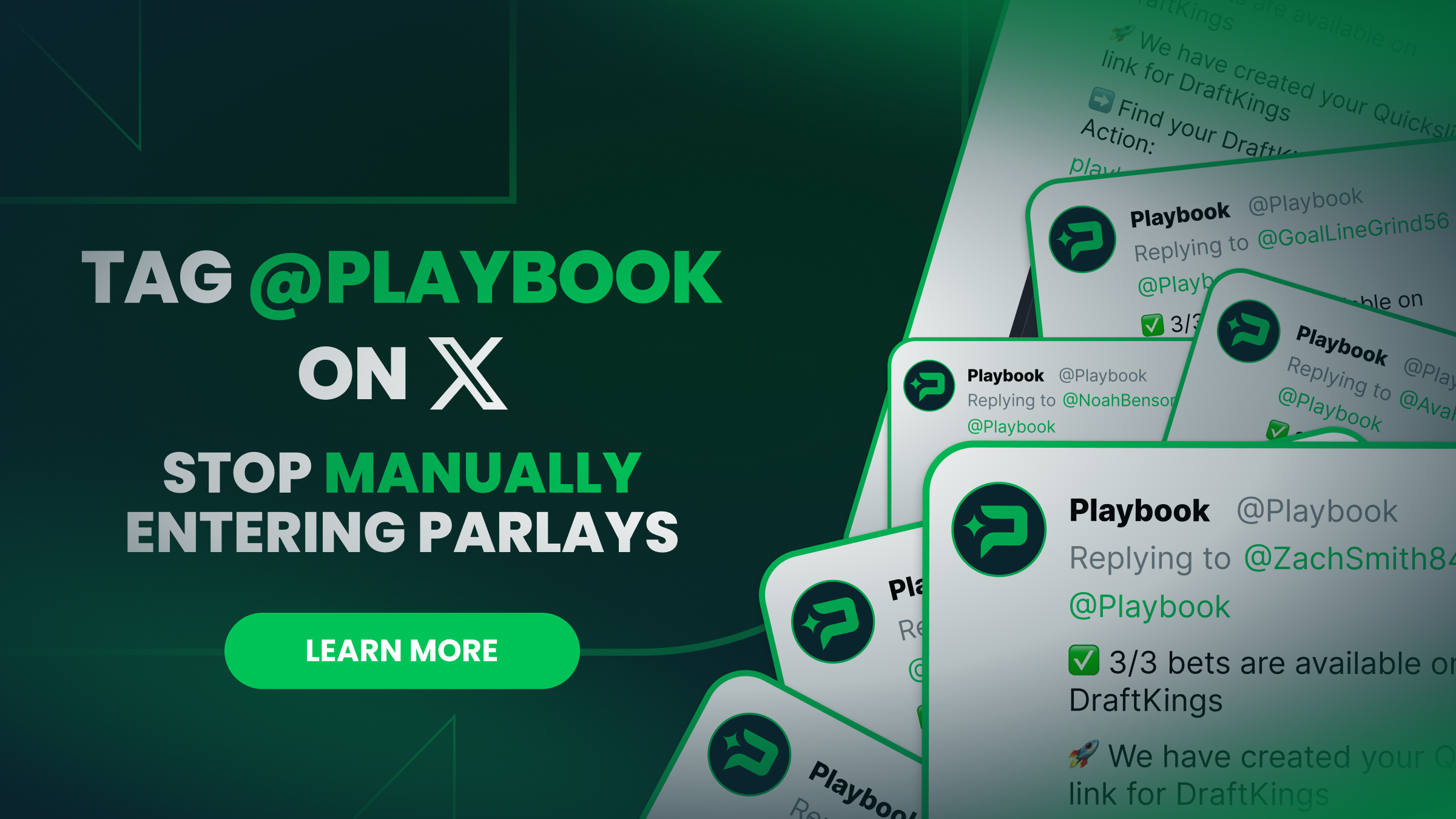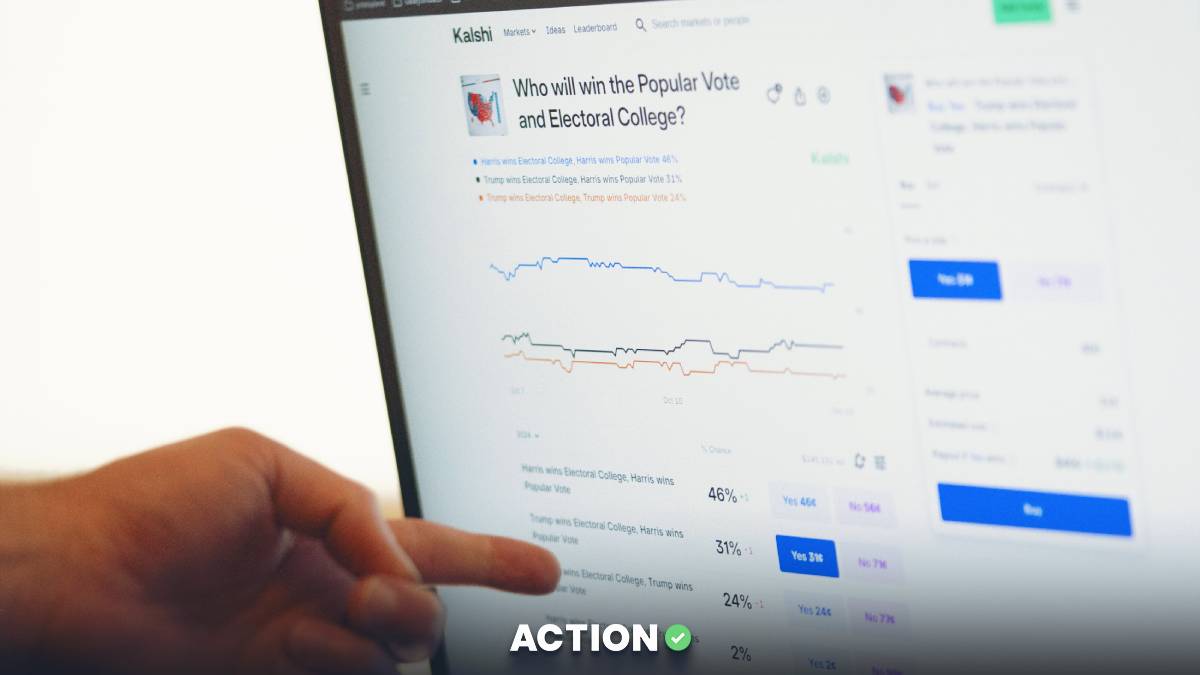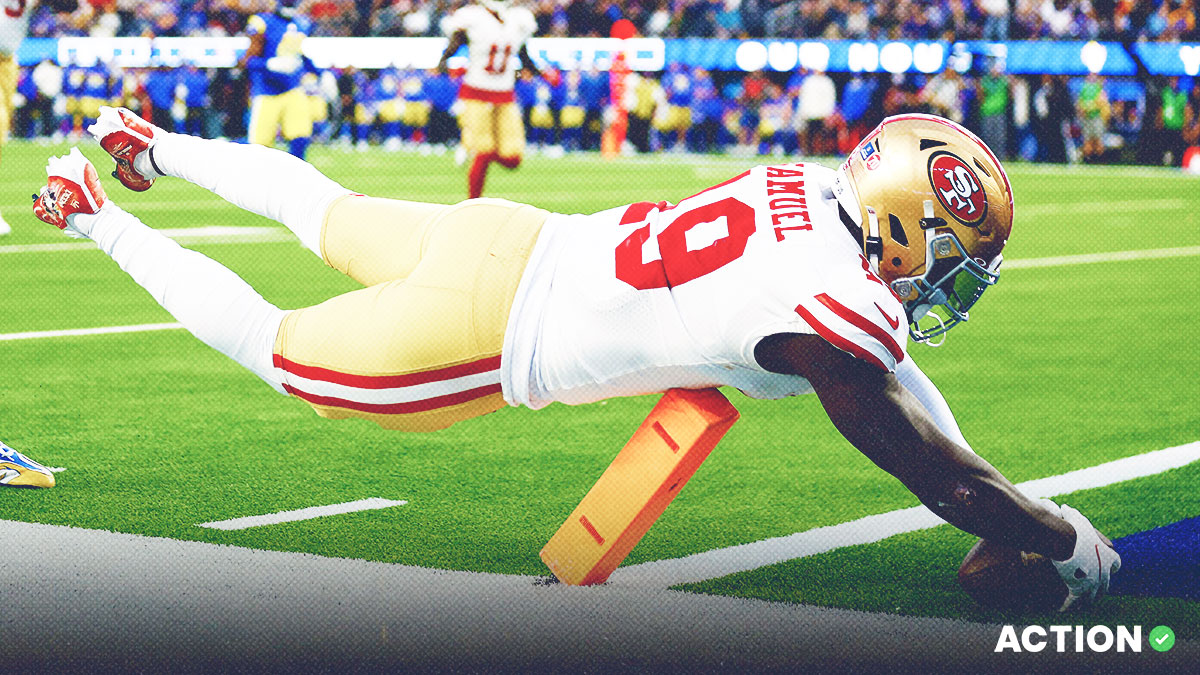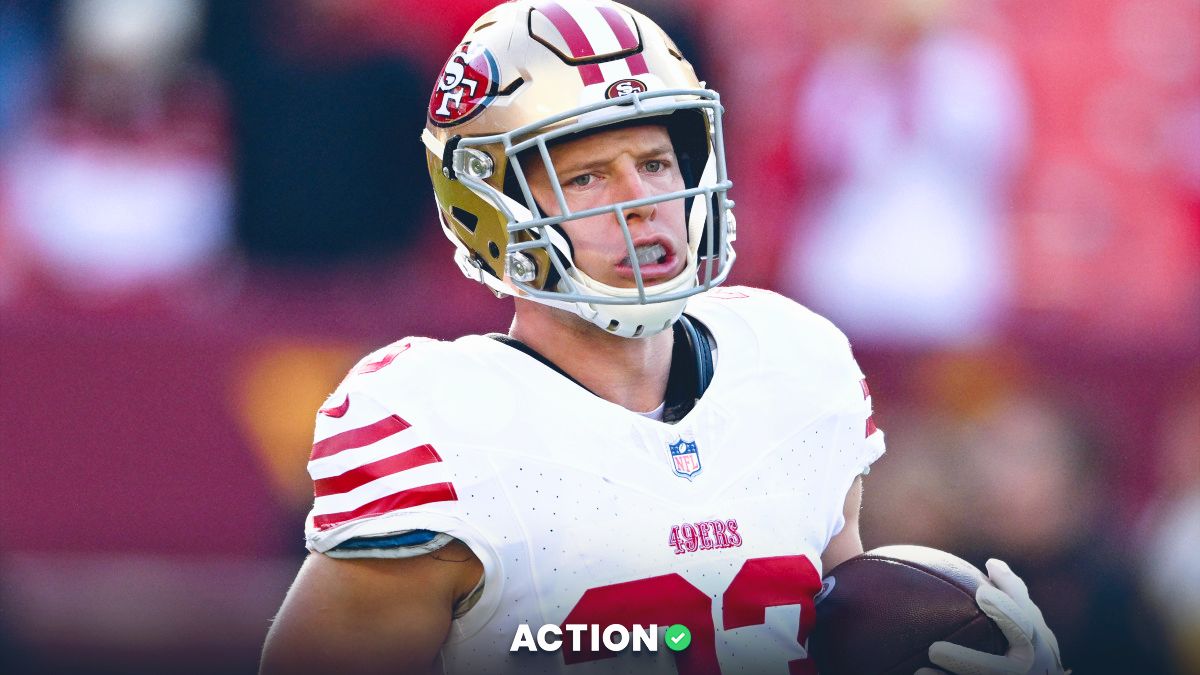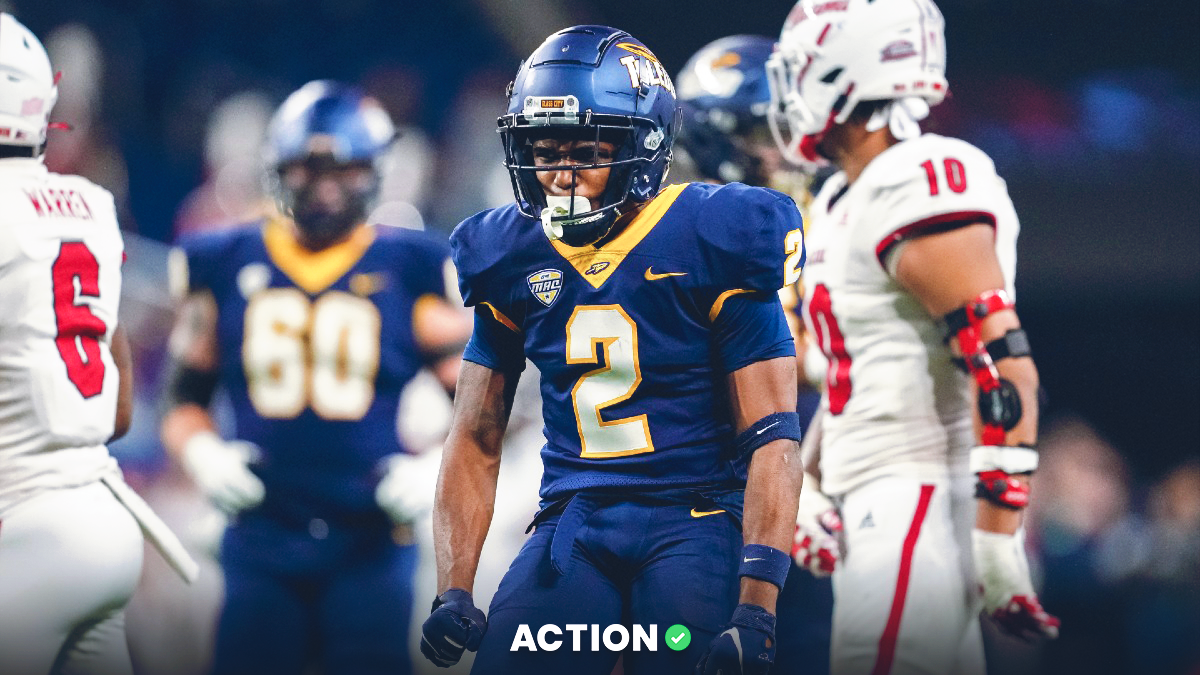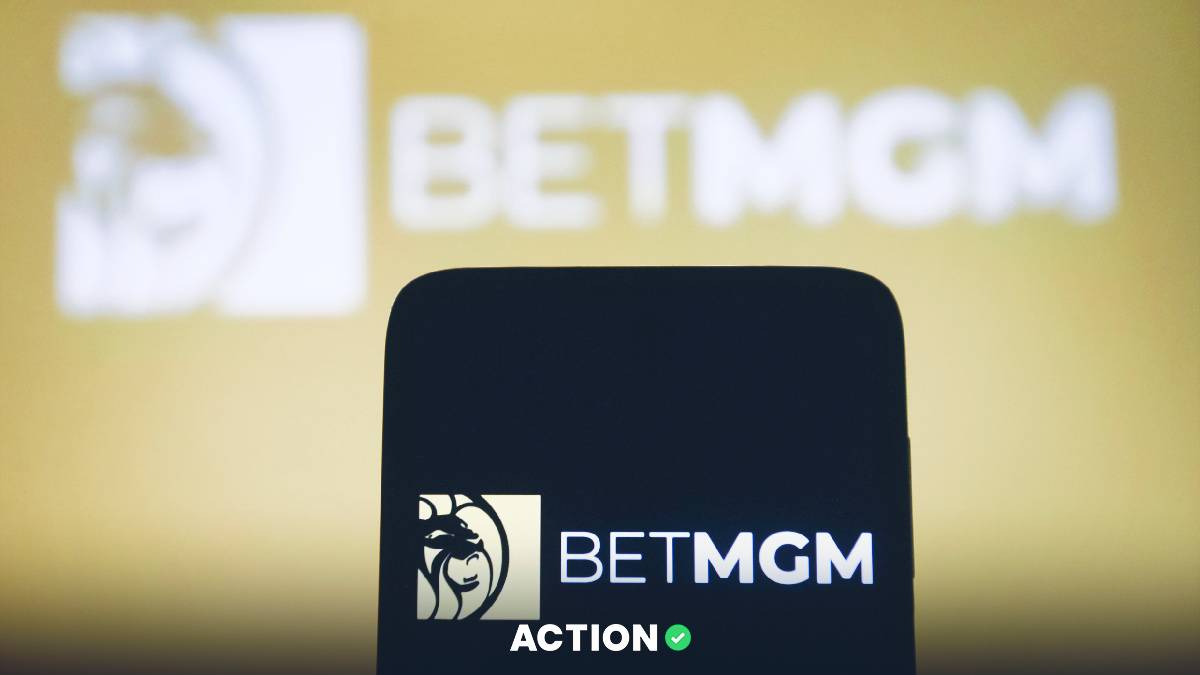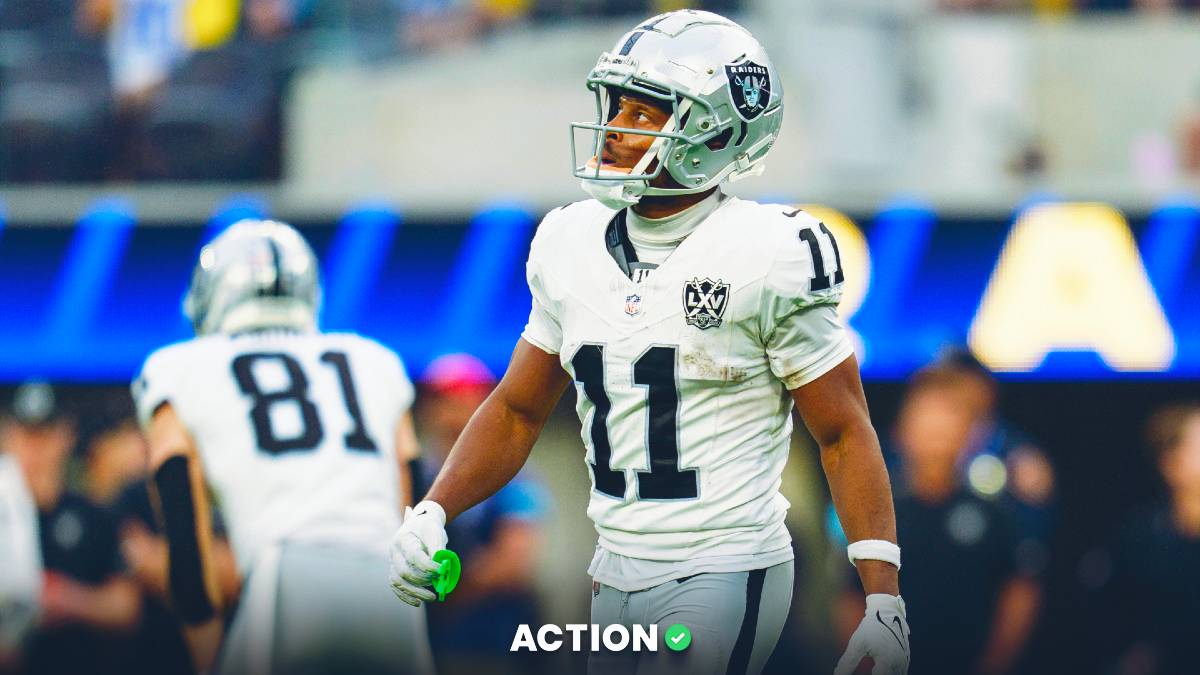bet365 offers one of my favorite promos for existing users, because you don't have to opt in and you won't even know you need it until it happens. They offer an "early payout" promo for most sports, and for football, it's 17 points.
That means if you bet a team on the moneyline and they go up by 17 points, you win your bet even if they blow the lead and lose. You don't need to opt-in, and it applies to both straight moneyline bets and parlay legs.
But how often do college football and NFL teams actually blow 17-point leads, bringing this promo into play?
There are a million different ways to parse this data, so let's look at a few.
All Games
To assess the value of this promo, we need to look at how often these 17-point leads actually get blown using historical play-by-play data. Because if you bet a team on the moneyline, they go up by 17, and then win by 40, you won anyway. You didn't need the promo.
About 1.8% of NFL games and 2.5% of college football games in the last 10 years have seen a blown 17-point lead. So even if you broadly applied it to all games, it's giving you a little price bump. Since you have to cut that percentage in half (because you're only betting one team), it's like taking a -130 favorite to -134 in the NFL, or a -130 favorite in college football to nearly -137.
However, that's not adjusting at all for the quality of teams blowing leads, or how closely rated those teams were before the game. It can cut both ways, good and bad.
Favorites vs. Underdogs in the NFL & CFB
Naturally, favorites go up by 17 much more often than underdogs.
But in the NFL, their rate of comebacks are actually pretty similar — over the last 10 years there have been 24 favorites to come back from a 17-point deficient, and 22 underdogs. When the spread was a field goal or less, underdogs hold the lead 9-5. Conventional wisdom would say the better team is more likely to erase a big deficit, but that hasn't been the case.
So you shouldn't only bet NFL favorites or only bet underdogs on the moneyline at bet365, and you shouldn't try to limit it to only small 'dogs or favorites. You're getting a tiny bump pretty much across the board, regardless of situation.
In college, it's a little different. There's such a disparity in talent and often such big point spreads that we have to filter out massive favorites who are very, very unlikely to blow a 17-point lead.
The total percentage of games with a 17-point comeback in CFB is 2.5%, as we outlined earlier. In games where the spread is 10 or less, it's 3.4%. In games where the spread is 10 or more, it's just 0.91%. So while in the NFL it doesn't matter so much what the line is, in college it happens much more often when the line is single digits.
How Often Do College Underdogs Blow Leads?
If Georgia is a 60-point favorite and goes up by 17, they're probably not blowing that lead. So it doesn't really make sense to include them in the sample. You're not gaining much of an edge there.
Conventional wisdom might say that CFB underdogs are more likely to race out to a big lead and blow it, because, well, they're an underdog for a reason. They can't hold up over 60 minutes. And it's college football — there's a often a huge talent disparity.
And maybe there's some truth to that. In games where an underdog of less than 14 points takes a 17-point lead in college football, they blow that lead about 13.3% of the time (174 blown leads in 1,308 games).
Still, it's a tiny sample, and it only comes into play on average about 1.25 times per week across the college football season (though seemingly more in the last few years).


